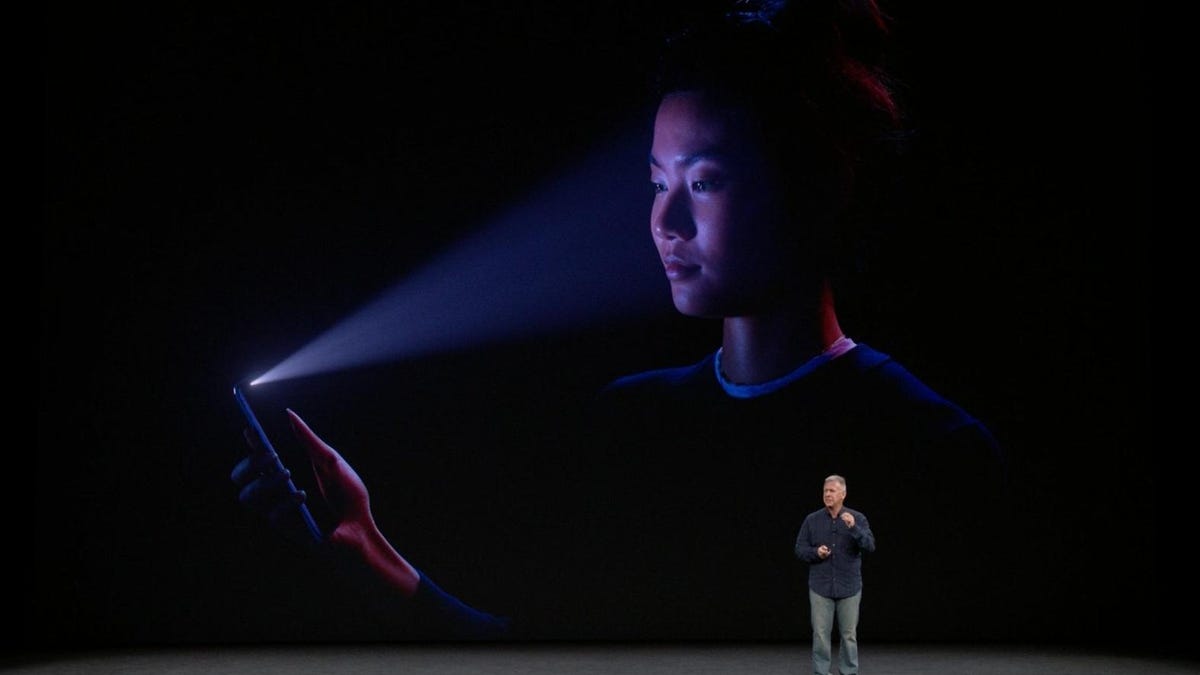Apple: Face ID didn't fail during iPhone X demo
The security feature worked "as it was designed to," said the company.

It was staff using the phone backstage that caused Face ID to fail, said Apple.
When Apple debuted Face ID, one of the iPhone X's headline features on Tuesday, it appeared to go… wrong.
Ask most people who watched as Craig Federighi, senior vice president of software engineering, was forced to reach for a backup device to show off the facial recognition tool, and they would probably say that the demo failed.
But not so Apple. In fact, according to the company, "Face ID worked as it was designed to."
How can that be? You might be wondering. We all saw the moment as Federighi tried unsuccessfully for a second time to unlock the iPhone X with his face, before uttering, "ho, ho, ho... Let's go to the backup here."
Here's Apple's reasoning, as explained to Yahoo: "People were handling the device for stage demo ahead of time and didn't realize Face ID was trying to authenticate their face. After failing a number of times, because they weren't Craig, the iPhone did what it was designed to do, which was to require his passcode."
So things clearly didn't go to plan, or probably as rehearsed, during the event, but that doesn't mean that Face ID as a security feature failed to work. What happened to Federighi is the Face ID equivalent of trying to use Touch ID when your fingers are wet too many times and your phone asks you to input your PIN instead.
This is the phone's way of establishing whether a nefarious character is trying to gain access to your phone. It's great for security, but it makes us wonder -- if the phone is constantly trying to verify people's faces, will the issue Federighi experienced on stage turn out to be problematic for users too? We'll have to wait to get our hands on the iPhone X to find out.
Apple did not respond to request for further comment.

